Partnering with a 3D-printing dental lab is not just about adopting new technology—it is about achieving tangible improvements in everyday case management. Clinics that collaborate with digitally equipped labs see greater reliability in restorations, faster turnaround for complex cases, and more predictable control over costs. This combination strengthens both patient care and operational efficiency.
Clinics experience advantages across several key areas:
- Ensure consistency in crowns, bridges, and prosthetics with predictable quality.
- Accelerate turnaround times to support patient scheduling and increase chair capacity.
- Reduce costs through fewer remakes, less chairside adjustment, and minimized material waste.
- Streamline workflows via seamless CAD/CAM integration and fewer communication errors.
- Expand services with access to advanced solutions such as surgical guides and aligners.
- Secure long-term value through stable supply capacity, compliance assurance, and reliable partnerships.
For decision-makers evaluating lab options, these benefits demonstrate why working with a 3D-printing dental lab is not just a tactical improvement but a strategic foundation for sustainable clinical and business growth.
How Does 3D Printing Ensure Consistency in Dental Restorations?
Consistency is one of the biggest challenges in restorative dentistry. Traditional workflows introduce variability at multiple stages, but 3D printing enables clinics to receive restorations that fit with predictable accuracy. By combining digital scanning, CAD/CAM precision, and stable printing materials, dental labs can deliver crowns, bridges, and implant-supported prosthetics that meet the same quality standard every time.
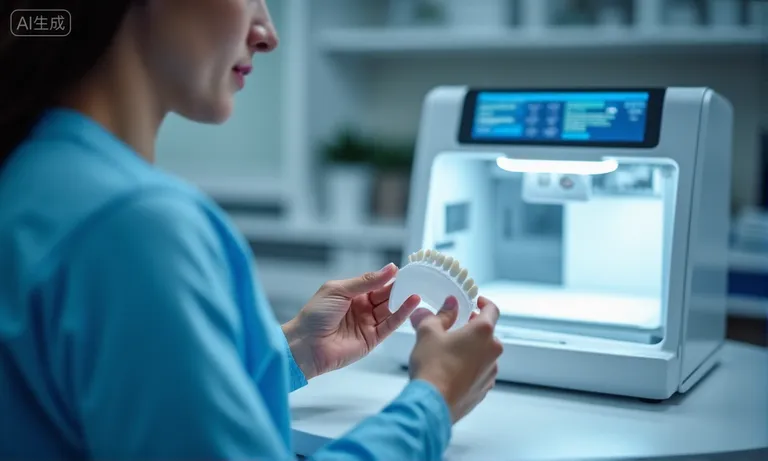
Why do traditional workflows create variability?
In analog workflows, variability arises from manual impression techniques, plaster expansion, and wax modeling. Even minor errors in impression material setting or technician trimming can alter margins or occlusion. As a result, crowns or bridges may not seat fully or may require chairside grinding. For implants, inaccurate transfer copings often produce inconsistencies in abutment fit. These unpredictable variations make each case less reliable, creating hidden costs for clinics in time and patient satisfaction.
How does digital precision ensure consistent implant-supported restorations?
Digital scanning and CAD/CAM design remove many of the manual steps where errors occur. Intraoral scans capture detail without distortion, while CAD software defines exact margins and occlusal contact points. This design is transferred directly into 3D printing equipment, which replicates it with high resolution. The repeatability of digital precision ensures that implant-supported restorations, which demand the most exact fit, consistently match the clinical environment. Clinics gain confidence that every crown or abutment arrives ready to use, reducing adjustment loops.
What role do printing materials play in stable long-term outcomes?
Material stability is as important as design accuracy. High-performance resins and hybrid ceramics used in dental 3D printing maintain their shape during curing and resist distortion over time. This ensures that bridges or implant components not only fit at delivery but remain stable in the patient’s mouth for years. For example, clinics in Europe working with biocompatible printed resins reported a significant reduction in post-delivery adjustments compared with conventional acrylic bases. Material reliability translates directly into consistent long-term outcomes.
Consistency is not simply about one accurate case but about ensuring accuracy across hundreds of cases over time. By reducing variability, digital precision and advanced materials make restorative outcomes more predictable. As an overseas dental lab, Raytops Dental Lab has helped clinics standardize crown and implant results, proving that consistency can be engineered into the workflow rather than left to chance.
How Do Faster Turnaround Times Support Dental Case Management?
For clinics, speed is not just about convenience—it is about managing patient expectations and maximizing chair utilization. 3D-printing labs enable same-day or next-day crown production, rapid denture and bridge delivery, and shorter timelines for complex implant cases. Faster turnaround gives clinics greater flexibility to schedule patients efficiently while maintaining high-quality outcomes.
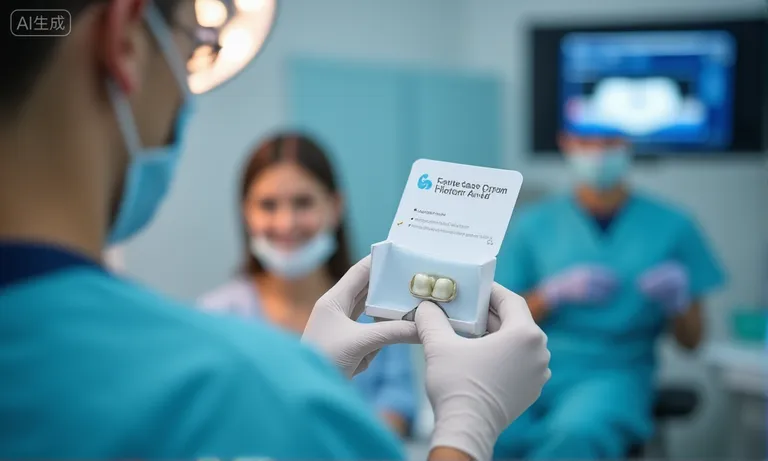
Dental-lab-fast-turnaround-case-management
What impact does same-day or next-day crown delivery have on scheduling?
When crowns are delivered within 24 hours, clinics can significantly reduce the time between tooth preparation and restoration placement. This shortens treatment cycles and eliminates the need for multiple temporary restorations. Patients benefit from fewer visits, and clinics can plan chair time with greater predictability. In busy urban practices, next-day delivery can be the difference between fitting a case into the current week or pushing it into the following month.
How does speed in denture and bridge production increase clinic capacity?
Rapid turnaround has a direct effect on how many patients a clinic can serve.
- Shorter lab-to-chair cycles mean that dentures and bridges can be delivered in days rather than weeks.
- Reduced waiting periods free up appointment slots that would otherwise be blocked by delays.
- Higher patient satisfaction from faster treatment completion increases word-of-mouth referrals.
By accelerating production, 3D-printing labs effectively expand the capacity of clinics without requiring additional staff or chairs.
Why is rapid turnaround critical for implant or full-arch prosthetic cases?
Implant and full-arch prosthetics often require multiple coordinated appointments. Any delay in receiving restorations can disrupt surgical planning and force rescheduling across several providers. Faster turnaround ensures surgical and restorative workflows remain synchronized. One U.S.-based implant clinic reported that partnering with a 3D-printing lab reduced their average full-arch provisional delivery time from three weeks to eight business days, keeping patients on track for definitive restoration without added costs or frustration.
Speed is more than a convenience; it is an operational advantage. By shortening delivery times, dental labs allow clinics to schedule more effectively, treat more patients, and provide a smoother care experience. Raytops Dental Lab, as an overseas dental partner, has consistently supported clinics in achieving these efficiency gains through fast, reliable turnaround cycles.
What Cost Advantages Do Clinics Gain in Dental Case Production?
Cost savings in restorative dentistry do not only come from lower lab fees. True efficiency is achieved when clinics reduce hidden chairside expenses, stabilize overhead, and minimize material waste. By integrating digital workflows and 3D printing, labs enable clinics to achieve predictable outcomes at a lower total cost of care.
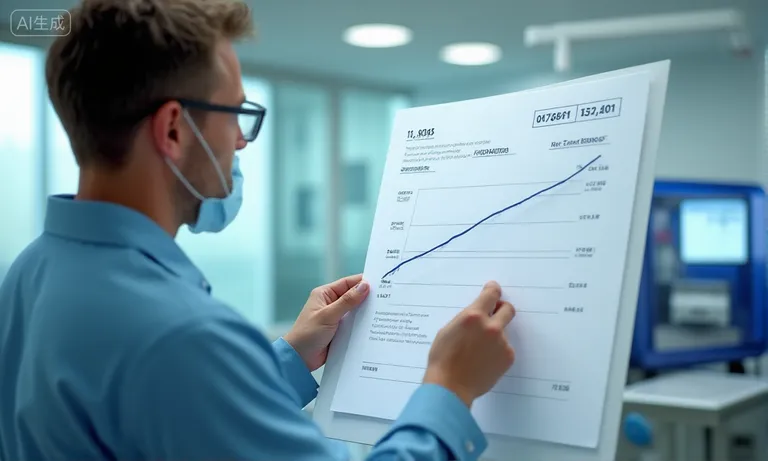
How do fewer remakes reduce hidden chairside costs?
Hidden costs accumulate every time a restoration must be remade. These costs include additional impression materials, extended chair time, and lost scheduling opportunities. Partnering with a 3D-printing lab helps minimize remakes through greater accuracy.
- Lower remake rates mean fewer wasted appointments.
- Reduced staff hours spent on repeated fittings.
- Improved patient satisfaction lowers the risk of lost business from frustrated patients.
By controlling remake frequency, clinics gain cost savings that are not always visible in the lab invoice but are critical for overall profitability.
Why does predictable turnaround lower overhead?
Unpredictable case timelines disrupt staffing and increase overhead expenses. When restorations arrive later than expected, staff resources are underutilized and additional temporary restorations may be needed. With predictable turnaround from digital-first labs, clinics can better allocate staff schedules and reduce idle time. This stability lowers overhead costs while improving patient flow. Clinics that receive consistent delivery cycles often find their staffing model becomes more efficient, with fewer peaks and troughs in demand.
How can digital workflows minimize material waste in prosthetic production?
| Workflow Stage | Traditional Methods | Digital / 3D Printing |
|---|---|---|
| Impression Materials | Multiple trays, putty, stone | Eliminated by digital scans |
| Wax-ups & Casting | Excess material often discarded | Minimal waste; print-on-demand |
| Milling | Block material wasted in subtraction | Additive printing uses exact resin/ceramic |
| Total Material Efficiency | Low | High |
Digital workflows ensure only the required amount of resin or ceramic is used for each restoration. This additive process reduces waste and makes cost structures more transparent. Clinics benefit through lower lab fees and more sustainable production.
When combined, fewer remakes, predictable turnaround, and reduced material waste give clinics a clear financial edge. As an overseas dental lab, Raytops Dental Lab has worked with clinics to stabilize costs across hundreds of cases, proving that savings are not just theoretical but measurable in everyday operations.
How Does Digital Workflow Integration Strengthen Lab-Clinic Collaboration?
Even advanced restorations fail to deliver value if the collaboration between clinic and lab is inconsistent. Digital workflow integration eliminates many of the bottlenecks seen in traditional communication, creating a smoother exchange of files, prescriptions, and verification steps. By adopting compatible formats and structured communication practices, clinics and labs can reduce costly errors while accelerating turnaround.
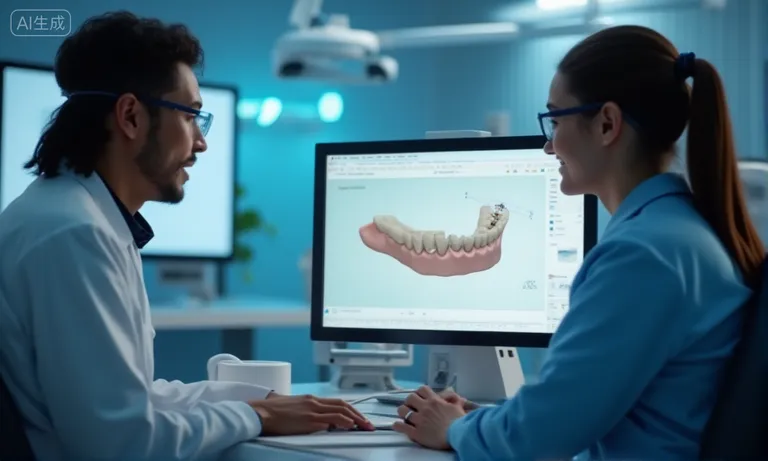
Which CAD/CAM and STL formats ensure smoother submissions?
Digital compatibility is essential for predictable workflows. Standard file formats such as STL, PLY, and DICOM allow clinics to transfer scans directly into the lab’s CAD/CAM system without risk of conversion errors. Using non-standard or proprietary formats often introduces delays and miscommunication. Clinics that consistently rely on open formats benefit from fewer technical issues and faster integration with lab design systems.
How do digital checklists prevent errors in denture or bridge workflows?
Errors in shade, occlusion, or abutment type often trace back to incomplete prescriptions. A simple digital checklist helps prevent these mistakes before they disrupt production.
- Confirm scan completeness to avoid missing margins.
- Specify material and shade using standardized lab terminology.
- Verify implant platform or abutment compatibility.
- Attach reference photos for esthetic matching.
These structured steps reduce the need for clarifications and remakes, creating a more efficient production cycle.
Why is seamless prescription transfer essential for implant cases?
- Dentist captures an intraoral scan and completes a digital prescription.
- Files are uploaded to a secure lab portal or cloud-based exchange.
- Lab technician reviews case details and flags any missing information immediately.
- Production begins within hours, aligning the lab’s timeline with the clinic’s surgical schedule.
This stepwise process ensures implant cases—which demand precision and coordination—progress without delay. The combination of fast file transfer and early error detection saves both time and cost.
Digital workflow integration transforms cooperation from reactive problem-solving into proactive efficiency. As an overseas partner, Raytops Dental Lab has supported clinics worldwide by standardizing formats and checklists, proving that technology-driven collaboration consistently improves both accuracy and turnaround reliability.
How Does Customization Expand a Clinic’s Range of Services?
Customization is one of the most powerful advantages of digital dentistry. By leveraging 3D printing, clinics can expand beyond standard restorations and deliver personalized solutions that meet diverse patient needs. From surgical planning to complex prosthetics, customization creates both clinical value and business growth opportunities.
How can 3D printing expand services with surgical guides and aligners?
3D printing gives clinics the ability to offer a wider range of solutions:
- Surgical guides for implant placement improve precision and reduce surgery time.
- Clear aligners allow clinics to offer orthodontic treatments in-house.
- Temporary restorations can be produced same-day, enhancing patient satisfaction.
These additional services not only attract new patients but also provide clinics with new revenue streams.
Why is case-by-case customization valuable in implant restorations?
Every implant-supported restoration has unique anatomical and functional requirements. 3D-printed customization allows for precise adaptation to bone density, gingival contours, and occlusal schemes. Instead of relying on “one-size-fits-all” components, clinics can provide restorations that fit naturally into each patient’s oral environment. This personalized approach reduces chairside adjustments and improves long-term success rates, particularly in challenging full-arch or multi-unit cases.
How does digital design flexibility support complex prosthetics?
3D printing makes it possible to design prosthetics with a level of flexibility traditional workflows cannot match:
- Hybrid prosthetics combining different materials for strength and esthetics.
- Complex bridge frameworks with precise connectors and minimal bulk.
- Iterative prototypes that can be quickly adjusted and reprinted during treatment planning.
This flexibility means clinics can confidently take on more complex restorative cases, knowing their lab partner can adapt designs quickly without prohibitive costs.
Customization is more than a technical feature—it is a business advantage. By offering a wider range of tailored services, clinics can differentiate themselves in competitive markets. As a global dental lab partner, Raytops Dental Lab has supported clinics in adding surgical guides, aligners, and advanced prosthetics to their offerings, turning customization into a driver of growth and patient trust.
What Long-Term Strategic Benefits Come from Partnering with a 3D Printing Dental Lab?
For clinics, choosing a lab is not just a short-term procurement decision but a long-term strategic partnership. A trusted 3D-printing lab provides stability in capacity, reliability in complex case planning, and confidence in compliance—all of which reduce operational risks and support sustainable growth.

How does stable crown and bridge capacity reduce outsourcing risks?
One of the biggest risks for clinics is having to outsource urgent or high-volume work to unfamiliar labs when capacity is limited. This often leads to inconsistent quality, higher costs, and unpredictable turnaround. Partnering with a 3D-printing lab that maintains stable production capacity ensures clinics can manage peak demand without compromising on accuracy or delivery times. Long-term stability reduces dependency on external providers and strengthens in-house scheduling control.
Why does a trusted lab strengthen planning for multi-unit and full-arch cases?
Large restorative cases require months of coordinated planning and precise alignment between surgical and restorative teams. A trusted lab with experience in digital workflows helps clinics manage multi-unit and full-arch cases consistently, from provisional to final prosthetics. Clinics that develop long-term relationships with their lab partner benefit from familiarity: the lab understands their preferences, clinical protocols, and communication style, which reduces errors and accelerates execution.
How do ISO- and FDA-compliant labs ensure regulatory confidence?
| Criteria | Non-Compliant Lab | ISO- / FDA-Compliant Lab |
|---|---|---|
| Material Traceability | Unverified sources | Documented, validated suppliers |
| Quality Standards | Variable, technician-dependent | Standardized processes with audits |
| Legal Risk | Higher exposure to claims | Reduced liability with regulatory approval |
| Patient Confidence | Limited assurance | Trust reinforced by compliance certification |
Working with labs that meet ISO and FDA requirements ensures restorations not only meet clinical standards but also align with international regulatory frameworks. This is especially important for DSOs and clinics operating across multiple regions where compliance is non-negotiable.
Long-term partnerships are built on stability, trust, and compliance. As an overseas dental lab, Raytops Dental Lab has provided clinics with reliable capacity, digital support for complex cases, and adherence to international standards—turning collaboration into a strategic advantage rather than a transactional exchange.
Conclusion
3D printing has moved beyond being a niche technology—it is now a proven way for clinics to achieve greater accuracy, faster turnaround, and measurable cost savings. The true advantage comes when these benefits are built into a long-term partnership. By working with an overseas dental lab that provides consistent capacity, digital workflow support, and regulatory compliance, clinics can transform their case production from reactive to reliable. For decision-makers, the question is no longer whether 3D printing can help, but which lab partner can sustain those benefits over time.


